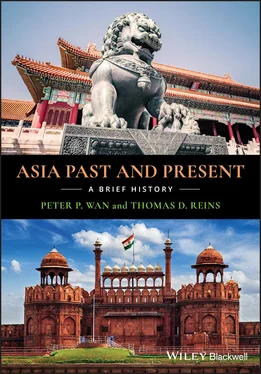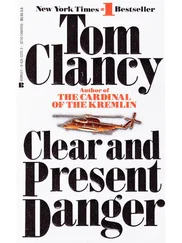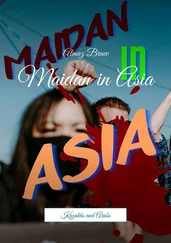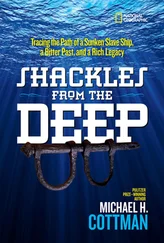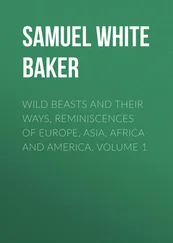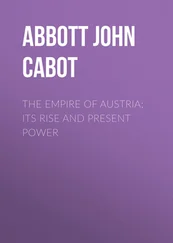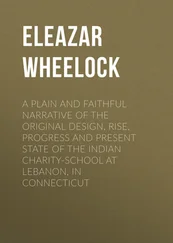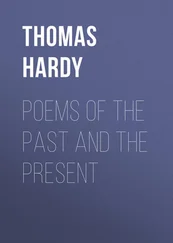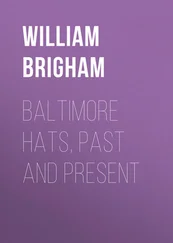Granted, both rebellions had failed, but just as the Roman Empire was shaken but not toppled by Spartacus’ slave rebellion, the Tang Empire was left standing, though on very shaky legs. A string of weak and dissolute emperors soon brought about its total collapse.
Following Tang’s fall, China again entered a period of disunion. Large areas of the North came under the rule of non‐Han nomadic tribes. This period is known as the period of the “Five Dynasties [in the North] and Ten States [in the South].” Notably, this period of disunity lasted only half a century. In the future, China would continue to go through cycles of unity and disunity, but periods of disunity would become increasingly shorter, indicating a more thorough merging of the various ethnic, racial, and geographical groups throughout the land.
Suggested Readings and Viewings
1 Charles Benn, China’s Golden Age: Everyday Life in the Tang Dynasty (New York: Oxford University Press, 2004).
2 Peter K. Bol, “This Culture of Ours”: Intellectual Transitions in Tang and Sung [Song] China (Stanford, CA: Stanford University Press, 1994).
3 Jacques Gernet and Franciscus Verellen, Buddhism in Chinese Society: An Economic History from the Fifth to the Tenth Centuries (New York: Columbia University Press, 1998).
4 Peter Harris, ed., Three Hundred Tang Poems (New York: Everyman’s Library, 2009).
5 Bret Hinsch, Women in Imperial China (Boulder, CO: Rowman and Littlefield, 2016).
6 House of Flying Daggers (2004), dir. by Zhang Yimou.
7 Victor Cunrui Xiong, Emperor Yang of the Sui Dynasty: His Life, Times, and Legacy (Albany: State University of New York Press, 2006).
5 The Peaking of Traditional Chinese Civilization: The Song and Yuan Dynasties, 960–1368
Within the empire the security of the state is a cause for some anxiety, and on our borders there is the constant threat of the barbarians. Day by day the resources of the nation become more depleted and exhausted, while the moral tone and habits of life among the people daily deteriorate. 1
The Song and Yuan Dynasties project the boldest of contrasts. The Song Empire was run by scholar‐officials, and it was the least oppressive of all major dynasties. It enjoyed unprecedented economic wealth and cultural sophistication. When we think of traditional China, the picture that is likely to come to mind is that of Song China. But it existed under the constant threat of its numerous nomadic neighbors, and it was eventually conquered by the unstoppable Mongol cavalries. The Mongol conquerors founded the Yuan Dynasty, which was a barbaric alien regime dominated by nomadic warlords.
The Song Dynasty (960–1279): The Epitome of Traditional Chinese Civilization
The government of the Song Dynasty was the least oppressive of all major Chinese dynasties, and it was relatively clean and enlightened. It experienced an agricultural revolution, a commercial revolution, an upsurge in manufacturing and technological inventions, rapid growth in overseas trade, and a renaissance of Confucianism. Its thriving culture is as important to Chinese history as the Renaissance is to European history.
But the Song Dynasty was also a diminished empire. It was the smallest in territorial size of all the major dynasties, hemmed in and bullied by several powerful non‐Han states throughout its reign. And the regime suffered from perennial problems of an impoverished government and a weak military.
Timeline: Song and Yuan Dynasties, 960–1368
| 960–1279 |
Song Dynasty: The epitome of traditional China |
| 1023 |
Song China is the world’s first country to use paper currency |
| 1041–1048 |
The invention of movable‐type printing by Bi Sheng (?–1051) |
| 1069–1085 |
Reforms of Prime Minister Wang Anshi (1021–1086) attempt to use big government to arrest the decline of the dynasty; he failed |
| 1085–1145 |
Zhang Zeduan, Song court painter, wins lasting fame for his masterpiece A Stroll along the River in Spring |
| 1127 |
Song capital Kaifeng seized by nomadic State of Jin, ending the Northern Song Dynasty; Song court moves to Hangzhou, creating the Southern Song Dynasty |
| 12th century |
Completion of shift of China’s economic center from the North (along the Yellow River) to the South (along the Lower Yangze River) |
| 1130–1200 |
Zhu Xi creates what becomes Neo‐Confucianism, which will be the dominant interpretation of Confucianism among educated Chinese |
| 1245?–1330 |
Huang Daopo: Innovator of technology for cotton growing and processing, leading to a cotton revolution |
| By 1279 |
Completion of the Four Great Inventions: compass, gunpowder, paper, and movable‐type printing |
| 1279–1368 |
Yuan Dynasty: China under Mongol rule |
| 1190–1244 |
Yelu Chucai: Yuan statesman who advises Mongol Emperor Genghis Khan to adopt Han Chinese ways; has limited success |
| 1279– |
Cotton revolution stimulates growth of market economy along the Yangze River |
| 1274 and 1281 |
Two Mongol attempted invasions of Japan; both fail |
| 1280 |
Chinese mathematician Guo Shoujing (1231–1316) makes a calendar that specifies a tropical year of 365.2425 days, the same as the Gregorian calendar |
| 1313 |
Wang Zhen (1271–1368) publishes Book on Farming , which has 22 volumes and 306 illustrations |
The Song Dynasty’s founder Zhao Kuangying was the commander of his king’s palace guard when a military coup d’état put him on the throne. This personal experience made him deeply distrustful of military generals, and motivated him to take extraordinary precautions to keep them on a short leash.
Zhao Kuangying(927–976) was the founding emperor of the Song Dynasty. Although he was a soldier, he had very subtle ways of enhancing his power. One night after feasting, he brought together his closest buddies who had helped him seize the throne and now commanded his palace guard. He complained to them that he was unable to sleep soundly at night. When asked why, he said that it was great to be emperor, but knowing so many men coveted the throne kept him awake at night. The generals got the message, and submitted their resignations the next morning. True to his word, he married his sister and daughters to them or their sons, and assigned them to positions of frontier generals far away from his capital.
Here’s another example. Early in his reign, the emperor held court with his ministers in front of him sitting in chairs. But one day that changed. When one of the ministers referred to a written document when making a report, the emperor asked him to hand him the document. As the minister rose and stepped forward to deliver the document to the emperor, a servant quietly walked up and removed the chair. Henceforth, Song courtiers would stand in the emperor’s presence.
Potential threats to his power came from three sources: the military generals, the old aristocratic families, and non‐Han nomadic states on China’s borders. To deal with the threat coming from the military, he put military generals under the control of civilian officials, and then kept the civilian officials under his personal control. To prevent the generals from cultivating personal loyalty in their troops, he constantly switched the generals around to command different troops. He also restricted local governors’ access to troops and financial resources.
He reinvigorated Confucianism and the imperial examination system for the civil service. He set up academies, expanded the scope of the imperial examination system, filled government positions mainly with successful examination candidates, and paid them handsome salaries. The old aristocratic families, complacent from generations of privilege, were unfit for the stiff competition in the examination system; and a fresh crop of officials beholden to the emperor personally soon replaced the old guard in the government bureaucracy.
Читать дальше
